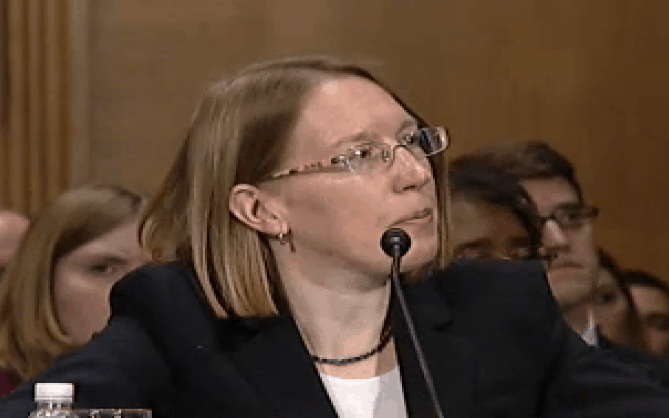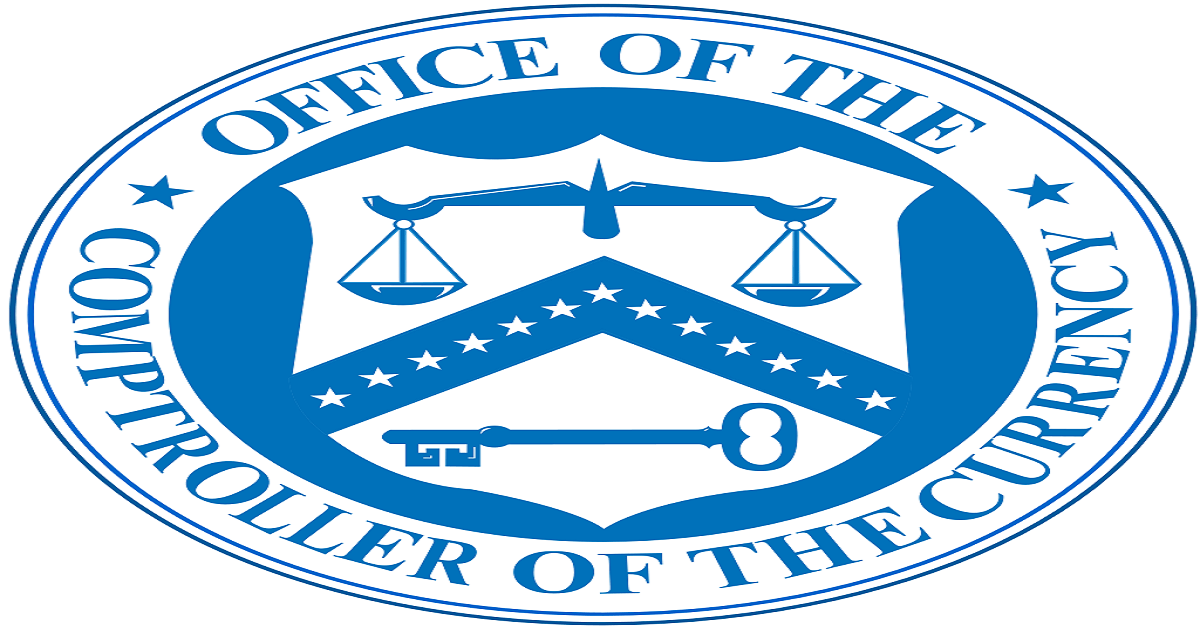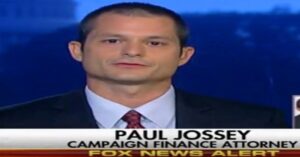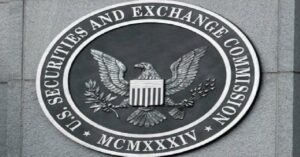By greenlighting a banking rule, the feds again inched toward accepting the crypto revolution. The Office of the Comptroller of the Currency (OCC) declared big banks may hold stablecoin reserves for clients in hosted wallets. The statement follows this summer’s OCC proffer big banks could custody crypto. Always ahead of the curve, the most recent statement okayed a years-long practice but limited it unnecessary ways.
Stablecoins are tied to a fiat currency, or some other “stable” reserve like commodities or other cryptocurrencies. The tether can be a direct 1:1 peg or algorithm managed. Entrepreneurs created stablecoins to smooth crypto volatility.
Without government permission, the stablecoin market had swiftly grown. Coindesk reports from September 2019 to September 2020 the market jumped from $5 billion to $19 billion—much of it already backed by large financial institutions. But OCC unnecessarily limited stablecoin acceptance to 1:1-backed stablecoins and those in “hosted wallets,” presumably excluding business and individual wallets. This is bound to confuse and catalyze the need for further government clarification.

The SEC, always around, never there
And then there is the always-lurking Securities and Exchange Commission. The SEC is the exemplar of foot-dragging slow-reacting bureaucratic power. Anyone familiar with Commission documents could have written its statement beforehand plus or minus a few words. It states the OCC interpretation is limited, any securities analysis will be based on “facts and circumstances,” the aspiring stablecoin creator should visit, and “if appropriate” the Commission may issue a No Action Letter.
Perhaps no federal agency has ever used a phrase more than the SEC does “fact and circumstances.” What this phrase means is it will not provide clear public guidance on the fear that someone will subvert it and Commission would get blamed. It puts the burden on entrepreneurs to dance the SEC tune beforehand or risk a years-long investigation.
The Commission couches this invitation in nondescript language. “The Staff stands ready to engage with market participants to assist them and to consider providing, if appropriate, a “no-action” position regarding whether activities with respect to a specific digital asset may invoke the application of the federal securities laws.”
The Commission greenlights stablecoin disclaimers
But anyone who has talked with said Staff knows this isn’t quite true. Engagement is a regulatory two-step. You can talk to them, but don’t expect answers. They disclaim responsibility for their words. Here is last week’s example:
This statement represents Staff views and is not a rule, regulation, or statement of the Commission. The SEC has neither approved nor disapproved its content. SEC Staff statements, like all SEC Staff guidance, have no legal force or effect: they do not alter or amend applicable law, and they create no new or additional obligations for any person.
Got that? Come talk to us but don’t take our words seriously. The only surefire way to avoid a “facts and circumstances” probe is a No Action Letter. But that could take months, even years, and has limited precedential value.
NPC Valerie, SEC stablecoin czar
In the crypto world, the SEC’s top talker is NPC Valerie—a career bureaucrat. Before the virus NPC Valerie traveled the country attending conferences and grinding ad nauseum the Commission’s “facts and circumstances” and “Howey” tread. Here is her answer on whether algorithmic stablecoins constitute securities: “You might be getting into the land of security.” What does that mean? Nobody knows. It depends of course on the “facts and circumstances.”
The Commission kicker was a citation to the infamous April 2019 “guidance.” Insiders and media mocked the document as a confusing morass of nothingness. It stands thus far as NPC Valerie’s most comprehensive work product. (She didn’t sign it of course, why take responsibility for such a mess?) At the time Coindesk’s lead story was titled ‘SEC’s Crypto Token Framework Falls Short of Clear and Actionable Guidance.’ The Harvard Law Review called it “an inadequate substitute for clear legislation and judicial rulings.”
Crypto Mom breaks the mold
And Hester Peirce, aka Crypto Mom, at times the Commission’s lone voice of reason didn’t hold back:
While Howey has four factors to consider, the framework lists 38 separate considerations, many of which include several sub-points. A seasoned securities lawyer might be able to infer which of these considerations will likely be controlling. And might therefore be able to provide the appropriate weight to each. Whether the framework gives anything new to the seasoned securities lawyer used to operating in the facts and circumstances world of Howey is an open question. I worry that non-lawyers and lawyers not steeped in securities law and its attendant lore will not know what to make of the guidance.
Pages worth of factors, many of which seemingly apply to all decentralized networks, might contribute to the feeling that navigating the securities laws in this area is perilous business. Rather than sorting through the factors or hiring an expensive lawyer to do so, a wary company may reasonably decide to forgo certain opportunities or to pursue them in a more crypto-friendly jurisdiction overseas.

Commissioner Hester Peirce, AKA Crypto Mom
It is a testament to the Commission’s failed leadership that it still cites guidance people both inside and outside government have branded useless.
The feds have once again inched toward opening our decentralized, privatized future through stablecoin acceptance. They could help even more by providing clear rules and getting out of the way.








